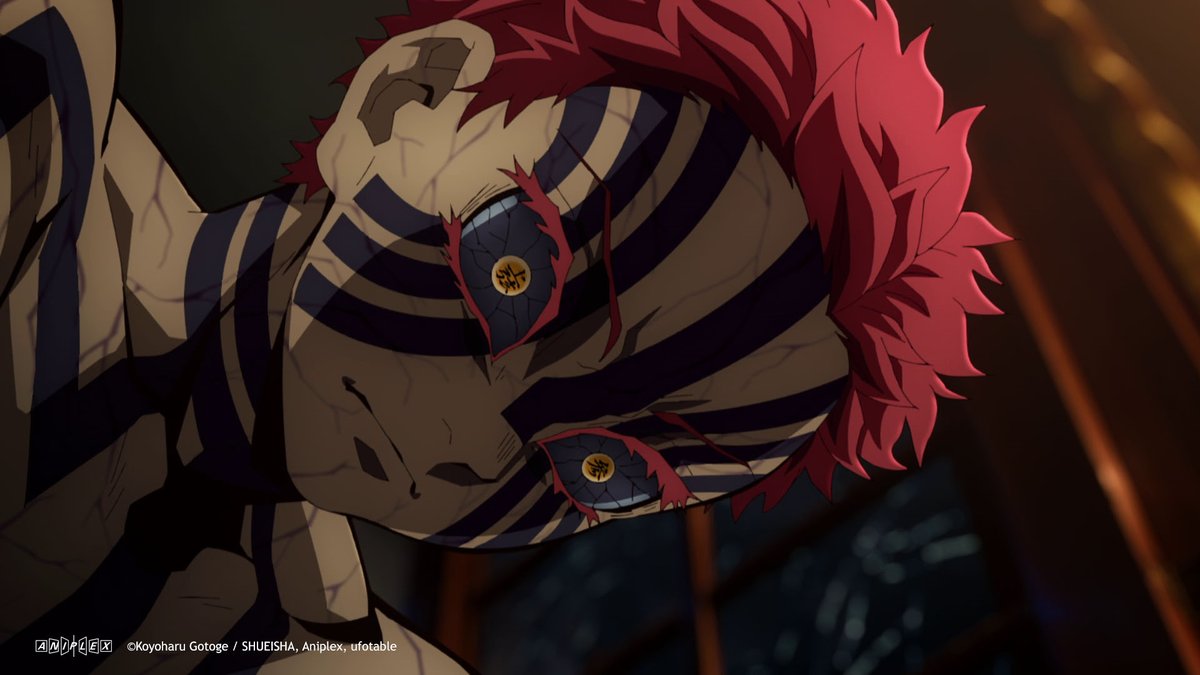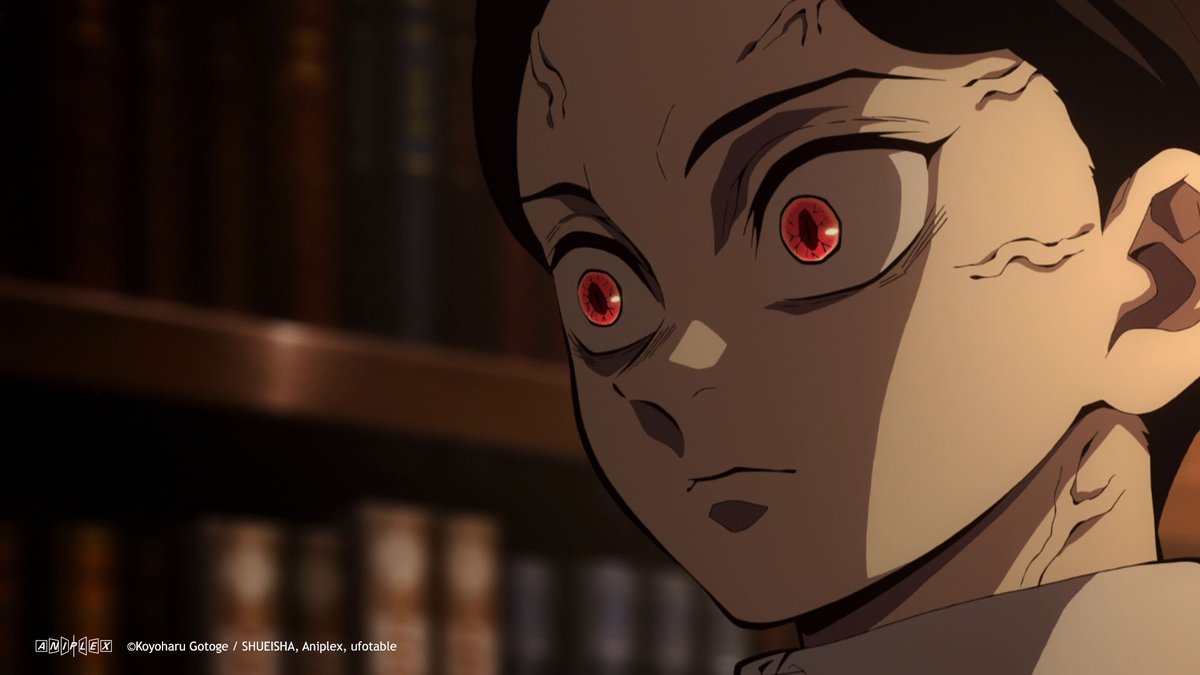When it comes to Demon Slayer, one thing is clear: the world of Kimetsu no Yaiba is not for the faint-hearted. The series is packed with intense battles, emotional moments, and a strict code of justice. But what happens when someone breaks the rules? Enter the concept of Demon Slayer Punishment—a system that ensures accountability even within the ranks of the Demon Slayers themselves. This isn’t just about demons; it’s about maintaining order within their own ranks. So, buckle up, because we’re about to take a wild ride into the world of Demon Slayer justice!
Demon Slayer Punishment isn’t just a plot device; it’s a reflection of the harsh realities faced by the Demon Slayers. The series doesn’t shy away from showing the consequences of actions, whether they come from demons or humans. This adds depth to the story and makes it more relatable. After all, no one is above the law, not even those who fight for justice.
As we dive deeper into this topic, we’ll explore the mechanics of Demon Slayer Punishment, its significance, and how it shapes the characters and storyline. If you’ve ever wondered about the darker side of Demon Slayer, you’re in the right place. Let’s get started!
Read also:Kellie Carter Onlyfans Leak The Untold Story You Need To Know
Table of Contents
- What is Demon Slayer Punishment?
- The Role of the Hashira in Enforcing Punishment
- Historical Context of Demon Slayer Punishment
- Types of Punishments in Demon Slayer
- Famous Punishment Cases in Demon Slayer
- Psychological Impact of Punishment
- Comparison with Other Anime Justice Systems
- Ethics and Morality in Demon Slayer Punishment
- Impact on Characters and Storyline
- Conclusion: The Importance of Demon Slayer Punishment
What is Demon Slayer Punishment?
Demon Slayer Punishment refers to the disciplinary actions taken against members of the Demon Slayer Corps who violate the rules or fail in their duties. It’s not just about punishing bad behavior; it’s about maintaining the integrity and effectiveness of the corps. The Demon Slayer Corps operates in a world where the stakes are incredibly high, and any lapse in judgment can have dire consequences.
Let’s break it down a bit more. The Demon Slayer Corps is an organization dedicated to eradicating demons and protecting humanity. However, with great power comes great responsibility. Members of the corps are expected to adhere to a strict code of conduct. Failure to do so can result in punishment, ranging from minor reprimands to severe penalties.
And here’s the kicker: this system isn’t just about scolding people for misbehavior. It’s about ensuring that every member of the corps is held accountable for their actions. After all, when you’re dealing with demons that can tear you apart in seconds, teamwork and discipline are non-negotiable.
Why is Demon Slayer Punishment Necessary?
Think about it. The Demon Slayer Corps isn’t just any group of fighters; it’s an elite force tasked with protecting humanity from the most dangerous threats. Without a system of accountability, chaos would ensue. Punishment serves as a deterrent, reminding members that their actions have consequences. It also reinforces the values of the corps, such as loyalty, courage, and sacrifice.
Plus, let’s not forget the psychological aspect. Knowing that there’s a system in place to handle mistakes can actually be comforting. It shows that the corps cares about maintaining order and fairness, even in the face of overwhelming odds.
The Role of the Hashira in Enforcing Punishment
The Hashira, or Pillars, are the elite warriors of the Demon Slayer Corps. They’re the ones who lead the charge against demons and set the standard for all other members. But did you know they also play a crucial role in enforcing punishment? Yep, that’s right. The Hashira aren’t just about fighting demons; they’re about maintaining discipline within the ranks.
Read also:Marie Temara Onlyfans A Deep Dive Into Her Rise Content And Influence
Each Hashira is responsible for overseeing their respective domains. They’re tasked with ensuring that their subordinates adhere to the rules and uphold the values of the corps. If someone under their command violates the code of conduct, it’s up to the Hashira to decide the appropriate punishment.
Now, you might be wondering, “What gives the Hashira the authority to enforce punishment?” Well, it’s simple. They’ve earned it. The Hashira are the most skilled and experienced members of the corps. Their judgment is respected and trusted by everyone, from the lowest-ranking soldier to the Demon Slayer headquarters.
How Do the Hashira Handle Punishment?
When it comes to enforcing punishment, the Hashira don’t mess around. They take a no-nonsense approach, ensuring that justice is served swiftly and fairly. Here’s how they typically handle things:
- Investigation: The Hashira first investigate the incident to gather all the facts. This ensures that the punishment is based on solid evidence, not just assumptions.
- Decision-making: Once the facts are clear, the Hashira decide on the appropriate punishment. This could range from a simple warning to expulsion from the corps.
- Implementation: The punishment is then carried out, often with the involvement of other Hashira to ensure transparency and fairness.
And let’s not forget the emotional toll this can take on the Hashira themselves. Enforcing punishment isn’t easy, especially when it involves someone you’ve trained or mentored. But it’s a necessary part of their role, and they handle it with the same determination they bring to their battles.
Historical Context of Demon Slayer Punishment
To truly understand Demon Slayer Punishment, we need to look at its historical context. The Demon Slayer Corps has existed for centuries, and its system of justice has evolved over time. In the early days, punishment was often harsh and unforgiving, reflecting the brutal nature of the world they lived in.
As the corps grew and matured, so did its approach to punishment. They realized that a more balanced and fair system was needed to maintain morale and effectiveness. This led to the development of the current system, which focuses on accountability, rehabilitation, and deterrence.
But here’s the interesting part: the historical context of Demon Slayer Punishment isn’t just about rules and regulations. It’s about the cultural and social values of the time. The Demon Slayer Corps was heavily influenced by the samurai tradition, which emphasized honor, discipline, and loyalty. These values are still evident in the way punishment is handled today.
How Has Demon Slayer Punishment Evolved?
Over the years, Demon Slayer Punishment has become more nuanced and sophisticated. Here are some key developments:
- Incorporation of Rehabilitation: Instead of just punishing offenders, the corps now focuses on helping them learn from their mistakes.
- Increased Transparency: The process of punishment is now more transparent, with multiple Hashira involved in decision-making.
- Focus on Fairness: The system now places a greater emphasis on fairness, ensuring that everyone is treated equally regardless of rank or status.
These changes have made the system more effective and respected by the members of the corps. It’s a testament to their adaptability and commitment to justice.
Types of Punishments in Demon Slayer
Now that we’ve covered the basics, let’s dive into the nitty-gritty of Demon Slayer Punishment. What kind of punishments can members expect if they break the rules? Well, it depends on the severity of the offense. Here’s a breakdown of the most common types of punishments:
Minor Offenses
For minor offenses, such as tardiness or minor insubordination, the punishment is usually a verbal warning or a written reprimand. These are meant to serve as a wake-up call, reminding the member to stay focused and disciplined.
Major Offenses
Major offenses, such as abandoning a mission or endangering fellow members, can result in more severe punishments. These might include suspension from active duty, reduction in rank, or even expulsion from the corps. The goal here is to ensure that such behavior doesn’t happen again.
Extreme Cases
In extreme cases, where a member has committed a serious violation, such as betrayal or gross misconduct, the punishment can be severe. This might involve permanent expulsion from the corps or even imprisonment. These cases are rare but serve as a powerful deterrent to others.
And let’s not forget the psychological impact of these punishments. Being part of the Demon Slayer Corps is already a tough gig, and the thought of facing punishment can be overwhelming. But that’s the point. The system is designed to keep everyone on their toes, ensuring that they remain focused and committed to their mission.
Famous Punishment Cases in Demon Slayer
Throughout the series, there are several notable cases of Demon Slayer Punishment that stand out. These cases not only highlight the importance of the system but also provide valuable lessons for the characters and the audience. Let’s take a look at a few of them:
Giyu Tomioka’s Suspension
Giyu Tomioka, one of the Hashira, was once suspended from active duty for his reckless behavior during a mission. Instead of following orders, he charged ahead, putting himself and his team at risk. The punishment served as a wake-up call for Giyu, reminding him of the importance of teamwork and discipline.
Nezuko Kamado’s Initial Treatment
Nezuko Kamado, the younger sister of Tanjiro Kamado, was initially treated as a potential threat due to her transformation into a demon. The corps had to decide whether to punish her or find a way to help her. This case highlights the corps’ willingness to adapt and find alternative solutions when necessary.
These cases show that Demon Slayer Punishment isn’t just about enforcing rules; it’s about making the tough decisions that ensure the survival of the corps and the protection of humanity.
Psychological Impact of Punishment
The psychological impact of Demon Slayer Punishment cannot be overstated. Being punished by your peers, especially in such a high-stakes environment, can be incredibly daunting. Members of the corps often face immense pressure to perform, and the thought of facing punishment can add to their stress levels.
However, the system is designed to help members grow from their mistakes. By facing their shortcomings and learning from them, they become stronger and more effective fighters. This process of self-improvement is a crucial part of what makes the Demon Slayer Corps so successful.
How Does the Corps Support Members After Punishment?
After a member has been punished, the corps provides support to help them recover and move forward. This might include counseling, additional training, or mentoring from a Hashira. The goal is to ensure that the member doesn’t feel abandoned or ostracized after their punishment.
This supportive approach is what sets the Demon Slayer Corps apart. It shows that they care about their members, not just as fighters, but as individuals. And that’s what makes them so effective in their mission to protect humanity.
Comparison with Other Anime Justice Systems
When it comes to justice systems in anime, Demon Slayer Punishment stands out for its balance of severity and fairness. But how does it compare to other popular anime justice systems? Let’s take a look:
Naruto’s Shinobi Code
In Naruto, the Shinobi Code serves as a guide for ninja behavior. While it emphasizes loyalty and duty, it’s often more flexible than the Demon Slayer system. This flexibility allows for more creative solutions to problems but can also lead to inconsistencies in enforcement.
Attack on Titan’s Military Police
In Attack on Titan, the Military Police enforce the law within the walls. Their system is more authoritarian, with less emphasis on rehabilitation and more focus on maintaining order. This can lead to harsh punishments that don’t always address the root cause of the problem.
Demon Slayer Punishment strikes a balance between these two extremes, offering a system that’s both fair and effective. It’s a testament to the creators’ understanding of what makes a justice system work in the context of their world.
Ethics and Morality in Demon Slayer Punishment
Finally, let’s talk about the ethical and moral implications of Demon Slayer Punishment. Is it right


